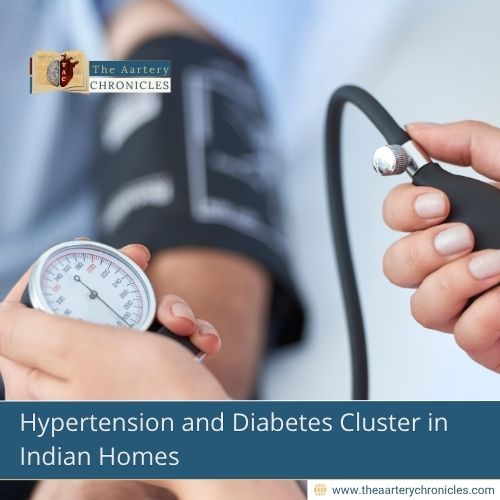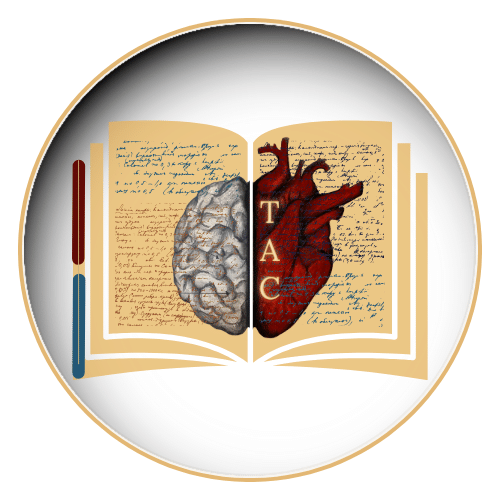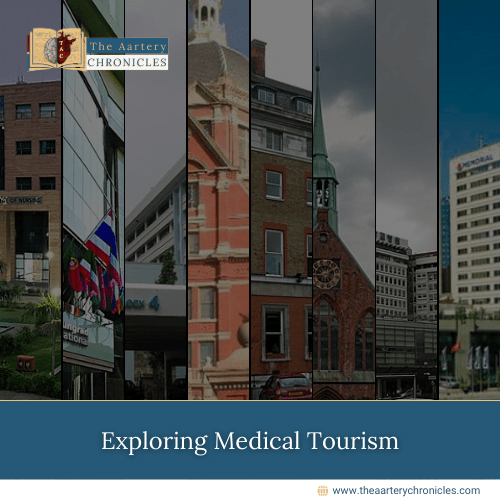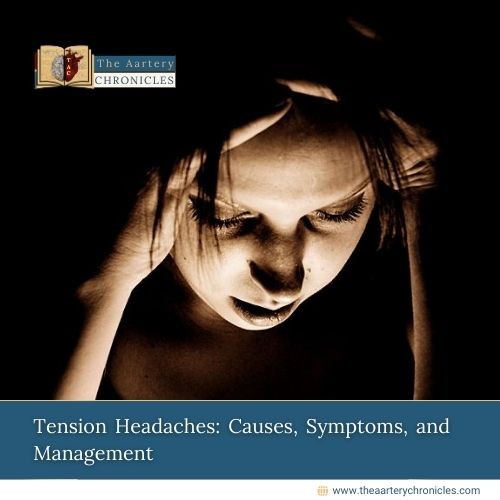

Hypertension and Diabetes Cluster in Indian Homes
Summary: A groundbreaking Indian study has revealed how hypertension and diabetes often cluster within the same households, especially in wealthier, urban settings. Drawing from NFHS-5 data, researchers urge household-level screening and targeted interventions to better tackle India’s growing non-communicable disease (NCD) burden.
Did you know nearly half of India’s hypertension cases are clustered within families?
A new study offers crucial insights into how non-communicable diseases (NCDs) like hypertension and diabetes often affect multiple members within the same household.
The study, led by Sarang Pradipkumar Pedgaonkar from the International Institute for Population Sciences, Mumbai, and published in PLOS Global Public Health, used data from the National Family Health Survey (NFHS-5, 2019–21) to identify patterns of clustering among Indian families.
What Is Clustering in Health?
In this context, clustering refers to two or more members in the same household being diagnosed with hypertension or diabetes. This pattern signals shared risk factors like
- Genetics
- Diet
- Lifestyle
Key Findings That Highlight the Public Health Alarm
The study uncovered several alarming trends that highlight how deeply hypertension and diabetes are embedded within Indian households:
- 14.9% of Indian households show clustering of hypertension, contributing to 50% of the nation’s total hypertension cases.
- 7.7% of households show clustering of diabetes, accounting for 39.3% of total diabetes cases.
Clustering is more common in wealthier, urban households.
- Older family members and those who are overweight or obese have higher rates of clustering.
- Fried food and fish consumption are also linked to increased risk.
- Community-level factors had a strong influence on clustering.
- Some districts showed alarmingly high levels, pointing to the need for localized interventions.
Why It Happens: Shared Habits, Shared Risks
The study indicates that shared behaviours are significant contributors to clustering, like
- Unhealthy eating
- Sedentary lifestyles
- Low health awareness
It also hints at the influence of socioeconomic status and urban living, where
- Access to processed foods is higher
- Physical activity is lower
Study Limitations to Consider
The dataset was robust, but the study had a few limitations:
- Diabetes was diagnosed based on random blood glucose, not the more reliable HbA1c or fasting glucose.
- Men’s health data was limited; much of the dataset included only women.
- Dietary intake was self-reported, which can lead to recall bias.
Why This Study Is Important: Policy and Health Impact
This research holds big implications for Indian healthcare strategies. It underlines the importance of:
- Household-level screening and management of NCDs.
- Targeted interventions in high-risk districts.
- Improved data collection in future NFHS surveys, especially on diet, physical activity, and disease onset.
- Action toward SDG 3.4, which aims to reduce premature deaths due to NCDs.
A Model for Other Nations
The findings not only benefit India but offer a model for low- and middle-income countries to identify and address NCD clustering within families and communities.
Conclusion
“By identifying key risk factors and regional patterns, this work provides actionable insights for more effective public health interventions and policy design aimed at tackling the growing burden of hypertension and diabetes in India.” – Study Authors

Dane
I am an MBBS graduate and a dedicated medical writer with a strong passion for deep research and psychology. I enjoy breaking down complex medical topics into engaging, easy-to-understand content, aiming to educate and inspire readers by exploring the fascinating connection between health, science, and the human mind.








